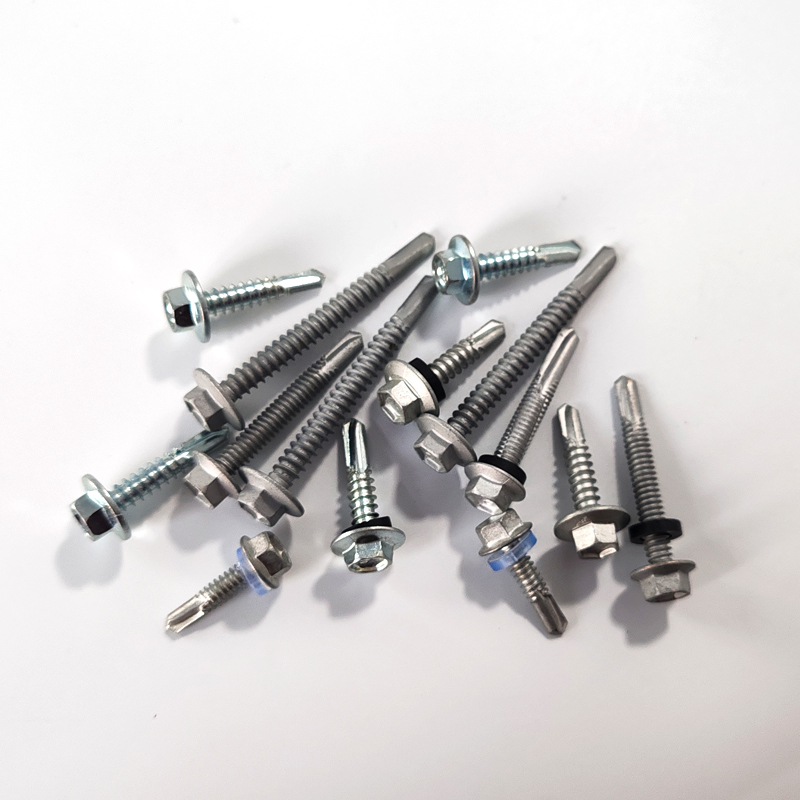Exploring Various Brace Types for Enhanced Stability in Steel Structures
Bracing Types in Steel Structures
Bracing is a critical component in the design and construction of steel structures, providing stability and strength to resist lateral loads caused by wind, earthquakes, and other forces. Different types of bracing systems are employed depending on the requirements of the structure, the materials used, and the specific design goals. This article discusses the various types of bracing used in steel structures, their applications, and their advantages.
1. X-Bracing
One of the most common forms of bracing is X-bracing. This configuration consists of diagonal steel members arranged in an X shape between vertical columns. X-bracing effectively transfers lateral loads through tension and compression in the diagonal members, providing notable stiffness to the structure. It is widely used in buildings, bridges, and towers. The simplicity and effectiveness of X-bracing make it a favored choice for many engineers; however, it can sometimes lead to difficulties in construction and material waste due to the overlaps of braces at the connections.
2. K-Bracing
K-bracing is another popular type of bracing that features diagonal braces that converge to a single point on the vertical member, forming a “K” shape. This design provides a balance between structural efficiency and ease of construction. K-bracing allows for less material usage than X-bracing while still effectively resisting lateral forces. It is often used in taller buildings where aesthetic considerations are important, as K-bracing can be integrated more seamlessly into the building’s design.
3. V-Bracing
bracing types in steel structure

V-bracing incorporates diagonal members arranged in a “V” format, connecting the midpoints of vertical columns. This arrangement allows for optimal tension and compression distribution while minimizing the amount of material used. V-bracing is particularly advantageous for structures with lower height but larger spans, such as industrial buildings and pavilions. Its distinctive shape can also contribute to the architectural appeal of a building, making it a viable option in design-sensitive projects.
4. Diagonal Bracing
Diagonal bracing consists of individual diagonal members that connect various points across the framework of the structure. Unlike X, K, or V-bracing, diagonal bracing is less geometrically constrained, allowing for more flexibility in its application. This type of bracing can be tailored to specific load conditions and building layouts, making it versatile in design. It is particularly effective in providing bracing to irregularly shaped structures or when specific structural loads need to be addressed.
5. Buckling-Restrained Braced Frames (BRBF)
An advanced bracing solution is the Buckling-Restrained Braced Frame (BRBF). Unlike traditional bracing systems, BRBFs utilize braces that are designed to remain straight under load, preventing buckling. This innovative approach enhances the overall durability and seismic performance of steel structures, making BRBFs an ideal choice for earthquake-prone areas. Their ability to absorb energy during seismic events not only increases safety but also reduces the likelihood of structural damage.
Conclusion
The choice of bracing system in steel structures plays a vital role in ensuring the integrity, stability, and safety of the building. Each type of bracing—X, K, V, diagonal, and BRBF—has its strengths and applications, influenced by factors such as structural height, load resistance requirements, and aesthetic considerations. As engineers and architects continue to innovate and seek efficient design solutions, the evolution of bracing systems will undoubtedly play a significant role in the future of steel construction, enhancing both safety and functionality in diverse architectural designs.
-
Weatherproof Plastic Expansion Anchors for OutdoorसमाचारJun.06,2025
-
Sustainability in the Supply Chain: Eco-Friendly TEK Screws ProductionसमाचारJun.06,2025
-
Load-Bearing Capacity of External Insulation FixingsसमाचारJun.06,2025
-
Double Head Bolts: Enhancing Efficiency in Industrial MachineryसमाचारJun.06,2025
-
Corrosion Resistance in Chipboard Screws: Coatings for Wholesale DurabilityसमाचारJun.06,2025
-
Butterfly Toggle Bolts : Enhancing Structural ResilienceसमाचारJun.06,2025
